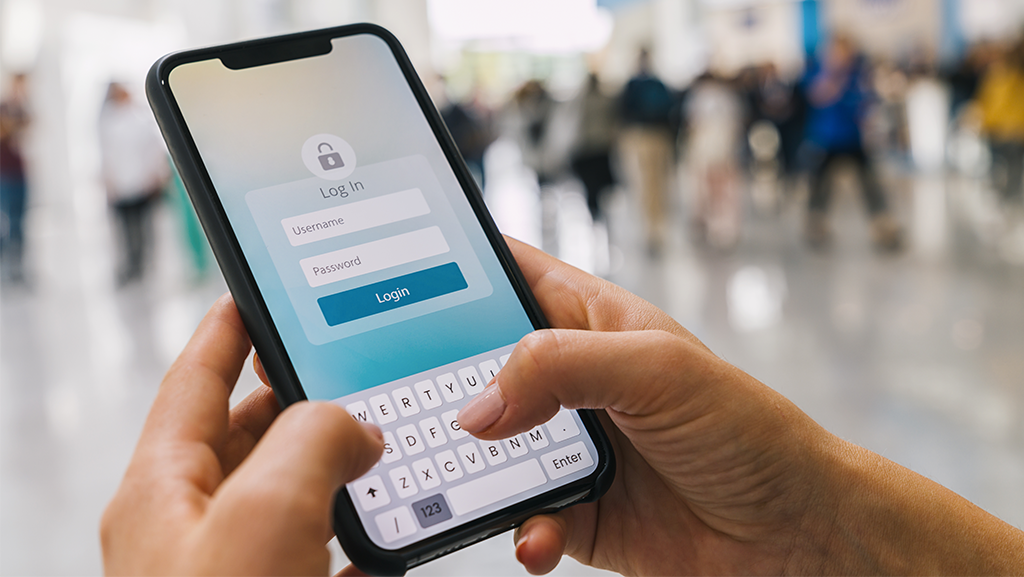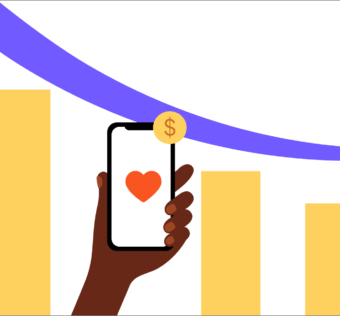5 Ways to Help Your Members Remember Their eGiving Logins
Let’s face it. When you’re overcome by the power of a message and you’re ready to donate, there’s nothing quite as frustrating as forgetting your e-giving login. The last thing you want is to have to reset your password mid-sermon or speech because you can’t remember it.
We know that things like date of birth, name, or even the names of loved ones or pets should never be used to generate passwords. Thinking of outsmarting the system by simply using “password” as the password? It turns out that it’s the second most popular password. The first is 123456.
But, do not fear! There’s hope for remembering those logins. Here are five ways to help wash away your e-giving login and password woes.
1. This one?
We’ve all done it. We’ve created a password using an old email address and mobile number and now, a decade down the line, we’ve changed our browser and erased all the cookies.
Now what? The security questions aren’t relevant anymore because you’re not sure whether you listed “Bennie” or “Bobby” as your favorite pet. (They were both great dogs.)
It’s not uncommon for you to have recycled old passwords back when one password worked for everything. Try to remember things that perked your interest in the past. Whether it’s a combination of Seahawks/123 or Myname@1, it helps to try the most obvious ones first. Often running through a quick list of “old favorites” will get you to the right one.
2. Use a Passage You Love
When the time comes to create a new login and password, get ready to make it stick. Your e-giving login should be memorable to you, but not necessarily memorable for everyone else. Perhaps use a favorite scripture, for instance, Psalm 40 in the New King James version.
- I
- Waited
- Patiently
- For
- The
- Lord
This can be converted to: Iwp4tL@Ps40. By using a passage you love, not only will you remember your password and give to a cause you support, but you’ll also remember scripture, which is a double win.
It’s important to note, however, that you shouldn’t copy and paste this to every online site that you need a password for. Each site that you access online should have its own unique password. This is because hacking is possible and, if one password is compromised, you might have a problem on a number of sites.
3. Save Those Login Details
If you still find it hard to memorize passwords, saving your login details is an easy way to “remember.” First, you’re going to need to activate the cookies (and no, we’re not referring to the Chips Ahoy stashed away in the pantry under the big bag of beans). This gives your phone permission to remember your login details whenever you access a website or app.
While this is a convenient way of accessing your apps and getting those payments done, it’s also one of the less safe ones if you don’t secure your phone.
This means that if your phone happens to be lying around, you don’t want just anyone to have access to it, especially mobile apps like Givelify. So, add a screen lock or activate the biometrics. With that layer of security in place, it’s safer to save your login details. And, ultimately, it makes it easier to access your apps, especially if you’re constantly on the go.
4. Make Use of Your Mobile’s Secure Folder
You can also create a secure file on your phone. As mentioned above, some mobile phone brands use biometrics as their security feature, which can be a finger scan or facial recognition.
In your file, you can save your passwords without worrying that they’ll be compromised or lost. The best part is it’s easy to access if you’re already online making a donation, tithe, or gift.
To make the most out of this handy feature, it’s important to keep that folder backed up. That means that in the event your mobile gets lost or stolen, you can actually access that information on a new device.

5. Open the Vault
Thankfully, a lot has changed over the years and technology has come a long way to afford us simple solutions to our ever-increasing list of passwords. (Time to throw out those Post-It notes with their scribbles of usernames, password, and security questions!)
If you don’t want to house everything on your mobile device, invest in a secure vault that stores your e-giving login and passwords, such as RoboForm, LastPass, and NordPass. Like a combination safe hidden behind a painting, these are secure, super-encrypted, Fort Knox-style online storage systems. They specialize in keeping your personal information secure and making it easy for you to access, even autofill.
In Conclusion
Whether you have flawless memory or not, finding a secure way to remember your password is important.
The simplest way is to create a password that’s simple, relevant, and uncrackable. If not, it’s time to rely on technology to do the heavy lifting.
An e-giving login can easily be stored on a mobile device, whether it’s in a secured folder or a secured storage app. Sign up for Givelify and get set up for mobile donations in under 5 minutes.


